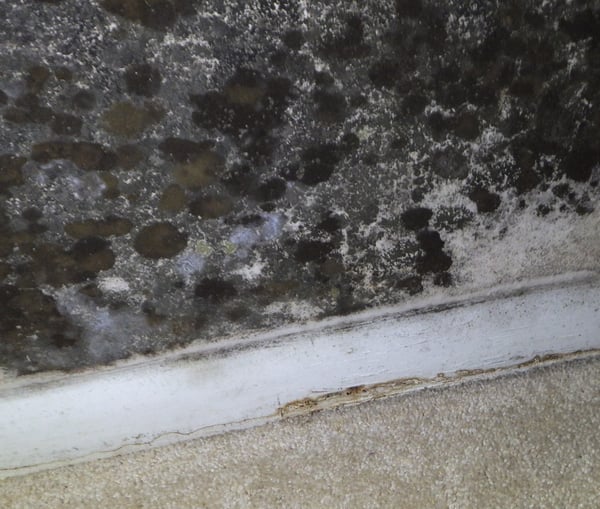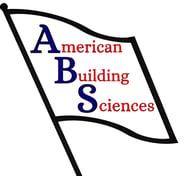Mold Sampling and Remediation Protocols
Mold is typically collected in air or surface samples. Air samples consist of running a known quantity of air through a sample. The sample contains a sticky surface (spore-trap) or auger media (impactor) where the mold spores become embedded. The samples are then sent to a laboratory where they determine the number and kinds of mold present. The sample results are then compared to the control sample to determine if the air quality inside the residence was impaired by microbial growth at the time of sampling. There are numerous spore-trap sample manufacturers; however, Air-O-Cell cartridges are most common. Auger media samples are typically supplied by the laboratory. Auger media samples are cultured and provide the added benefit of determining if the collected spores will grow if the right conditions are present (viability). Air samples are susceptible to inaccuracies if the samples are collected over too long or short a time period. Air samples are essentially useless without outdoor controls.
Surface samples can be collected in various ways through tape-lift, swab, or bulk samples. Tape-lift samples utilize a sticky tape that is pressed to a surface where the mold spores adhere to the tape. The tape is than applied to a glass microscope slide. Swab samples utilize a moistened Q-tip type swab to collect spores from a surface. Bulk samples consist of the removal of a small piece of the material that supports microbial growth. The samples are typically sent to a laboratory for analysis; however, qualified professionals can read the samples in the field with a microscope. The laboratory will provide the genus and count of the microbial growth observed along with the coverage area in the sample. Homeowners typically request air sampling when they have a mold concern; however, the licensed Mold Assessor should explain the limitations of this sampling technique before completing the samples.
Air samples can tell you if there is an above normal quantity of mold in the air that is impairing the indoor air quality; however, they cannot tell you the location of the mold. If a homeowner believes there is a mold concern in the residence, they typically already suspect an area to be the source of the mold concern. In this case surface sampling may be more cost-effective to address the concern. If the client’s goal is to confirm the absence of mold impaired air quality than air samples along with a thorough examination of the residence may be the best course of action. Ultimately unnecessary mold samples cost the client money and American Building Sciences is sensitive to how we spend your money. If you have mold concerns and would like to discuss the best way to address your concern, please contact us. We would be proud to earn your business.




